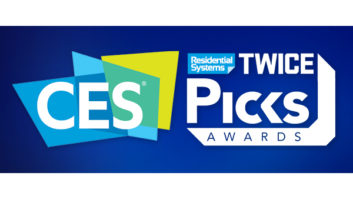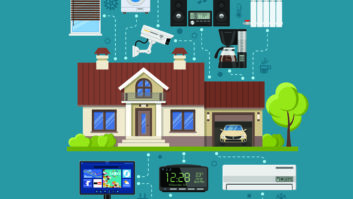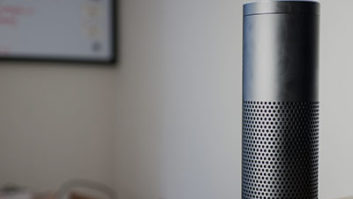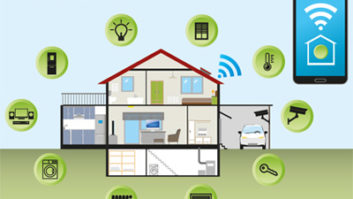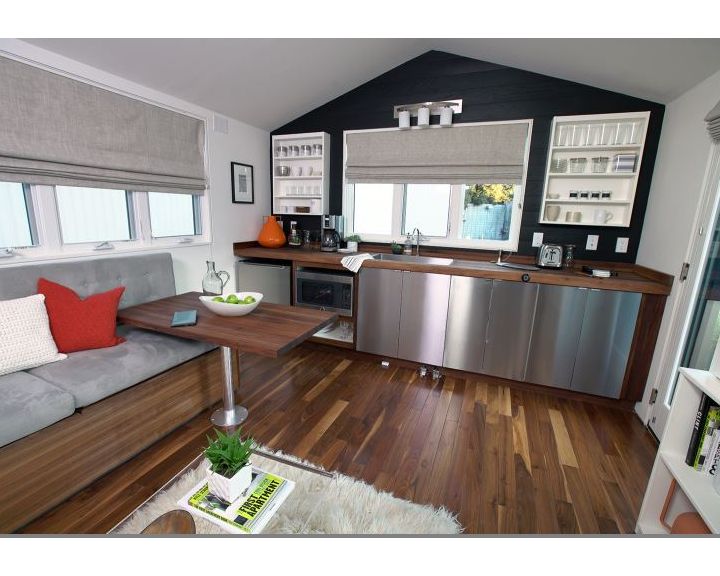
Sixty-eight percent of Americans say they are confident that smart homes will be as common as smartphones within 10 years, and 83 percent expect smart-home devices to be packaged with other services such as cable and Internet, an Intel-commissioned survey found.
People expect simplicity in running their smart home and want a system that is secure from unauthorized users, Intel also said. Seventy-four percent expect their smart home to be as simple to set up as cable TV, and 75 percent are anxious about the number of passwords they will have to remember to manage smart devices in their homes. Eighty-six percent want to access and manage all smart-home devices from one central portal, Intel said.
Eighty-two percent of respondents agreed that security is a priority for living in a smart home. Fifty-two percent would like fingerprint-recognition technology to secure their smart home from unauthorized monitoring and access, and 42 percent would like voice recognition. Thirty-seven percent would like in-home smart sensors.
Intel wondered, however, whether the smart home will live up to expectations. “Intel recognizes there is a gap between today’s connected home and the promise of the smart home that people desire,” the company said.
“For the emerging smart-home market to succeed, it needs to conquer a lot of issues: connectivity, interoperability, user interaction, killer apps and security,” said Eric Free, VP of smart homes and buildings at Intel’s Internet of Things (IoT) group. “But most importantly, it has to make sense of data inputs and outputs, delivering real and actionable intelligence that will transform our connected devices into a smart network.”
Intel is using a smart home that it built as a lab “to aid the transition from a series of connected point devices to a fully integrated smart home,” the company noted.
The survey was conducted online in the U.S. by TNS from July 16-20 among a nationally representative sample of 2,500 U.S. adults, ages 18 and older, with a margin of error of plus or minus 1.9 percentage points. The survey examined consumer expectations for what the smart home of the near future will deliver, the value of a smart homes, and the cost. More results will be released through the end of the year.






